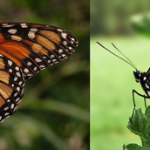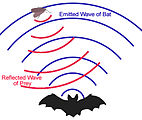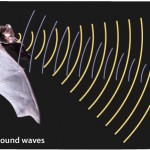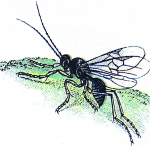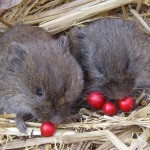This gallery contains 3 photos.
One of the most interesting aspects of sensory and evolutionary ecology is the concept of mimicry between or within species. Mimicry is when a species has evolved a trait that allows it to imitate the appearance, behavior, scent, or sound … Continue reading

